Topic is snake vertebrate or invertebrate: Discover the intriguing world of snakes in "Is Snake a Vertebrate or Invertebrate?": a deep dive into their unique anatomy, revealing the secrets of their vertebral structure and evolutionary journey.
Table of Content
- Is a snake a vertebrate or an invertebrate?
- Understanding Snake Anatomy: Vertebrate Characteristics
- Snake Flexibility and Movement: Explaining High Vertebrae Count
- Vestigial Features in Snakes: Evolutionary Perspective
- Common Misconceptions: Snakes and Invertebrates
- Distinguishing Features of Vertebrates and Invertebrates
- Locomotion and Adaptability in Snake Species
- YOUTUBE: Reptile Exam - Snake Vertebrae
- Physical Traits and Survival Strategies of Blind Snakes
- Evolutionary Aspects: From Limbed Ancestors to Modern Snakes
- Comparative Anatomy: Snake Versus Human Vertebrae
- Special Adaptations in Snake Physiology
Is a snake a vertebrate or an invertebrate?
A snake is a vertebrate.
Here are the reasons:
- Snakes have a backbone, which is also known as the vertebral column. This backbone is made up of a series of connected bones that provide support and flexibility to the snake\'s body.
- Snakes belong to the class Reptilia, which is a group of vertebrate animals that includes turtles, lizards, and crocodiles.
- Like other vertebrates, snakes possess other characteristic features such as a skull, internal organs, and a nervous system.
So, snakes are classified as vertebrates due to their possession of a backbone.
READ MORE:
Understanding Snake Anatomy: Vertebrate Characteristics
Snakes, intriguing and often misunderstood creatures, are indeed vertebrates. This section explores the unique anatomical features that classify snakes within the vertebrate category.
- Spinal Structure: Central to their vertebrate classification, snakes possess an elongated backbone. This vertebral column consists of 200 to 400 vertebrae, far exceeding the count in humans.
- Rib Attachments: Each vertebra is connected to a pair of ribs, providing a framework that supports internal organs and contributes to their remarkable flexibility.
- Vestigial Limbs: Some species, like pythons and boas, display vestigial limbs, remnants of evolutionary ancestors that had legs.
- Internal Skeleton: Contrary to popular belief, the snake"s lithe movements are not due to a lack of bones. Their internal skeleton is highly adapted for their slithering locomotion.
- Protective Function: The snake"s vertebral column and ribs protect vital organs, while allowing the snake to contract and expand its body during respiration and movement.
- Mobility and Strength: The unique skeletal structure provides snakes with the ability to move in various terrains and constrict their prey effectively.
- Adaptation to Environment: The evolutionary adaptation of their spine and overall skeletal structure enables snakes to thrive in diverse habitats, from forests to deserts.
Understanding these vertebrate characteristics sheds light on how snakes have evolved and adapted over time, marking them as fascinating subjects in the study of vertebrate zoology.
Snake Flexibility and Movement: Explaining High Vertebrae Count
The extraordinary flexibility and movement capabilities of snakes can be attributed to their unique skeletal structure, particularly the high count of vertebrae. This section delves into how this anatomical feature enables their distinctive locomotion.
- High Vertebrae Count: Snakes have a remarkably high number of vertebrae, ranging from 200 to 600. This extensive chain of bones is the foundation of their flexibility.
- Interlocking Vertebrae: Each vertebra interlocks with the next, allowing for greater range of motion. This arrangement facilitates the snake"s ability to bend and twist its body in complex patterns.
- Rib Attachments: The ribs, attached to each vertebra, aid in movement. As the snake contracts and relaxes its muscles, the ribs move, propelling the snake forward or allowing it to constrict prey.
- Muscle Structure: Alongside the vertebrae, the snake"s muscles play a crucial role. They are arranged in such a way that the snake can control each segment of its body with precision.
- Locomotion Techniques: The combination of a flexible spine and muscular control allows for various locomotion techniques like serpentine, concertina, sidewinding, and rectilinear movements.
- Adaptation to Environments: This flexibility is not just for movement; it also allows snakes to adapt to diverse habitats, from squeezing through narrow spaces to swimming efficiently.
- Role in Hunting and Defense: The ability to move quickly and with agility is crucial for hunting prey and evading predators, making the high vertebrae count a key survival feature.
Thus, the snake"s vertebrae count is a critical aspect of its anatomy, contributing to its survival and success as a species through enhanced mobility and adaptability.
Vestigial Features in Snakes: Evolutionary Perspective
Snakes display fascinating vestigial features, remnants of their evolutionary past. This section examines these features, providing insights into the evolutionary journey of snakes.
- Vestigial Limbs: Some snakes, like boas and pythons, exhibit small vestigial limb remnants, indicating their evolutionary descent from legged ancestors.
- Pelvic Spurs: These are evident in certain snake species, serving as a reminder of the pelvis structure in their legged predecessors. They now serve different functions, such as aiding in reproduction.
- Evolutionary Reduction: Over time, snakes have evolved to lose their limbs, adapting to a slithering mode of movement. This adaptation enhances their ability to navigate various terrains and capture prey.
- Internal Organs: The evolutionary shift in body structure has also influenced the placement and function of internal organs, with some snakes having elongated single lungs to fit their narrow body shape.
- Sensory Adaptation: The lack of external ears in snakes is another vestigial trait, with snakes relying more on ground vibrations and other senses for environmental awareness.
- Skull Structure: Snakes" skull evolution, including jaw flexibility, reflects adaptations for consuming larger prey, a significant departure from their ancestors.
- Genetic Traces: Genetic studies reveal remnants of limb-formation genes in snakes, providing a molecular window into their evolutionary history.
These vestigial features offer a unique window into the evolutionary narrative of snakes, illustrating the dynamic nature of biological adaptation and evolution.

Common Misconceptions: Snakes and Invertebrates
There are several misconceptions about snakes being invertebrates due to their unique body structure and movement. This section aims to dispel these myths and clarify the truth about snakes" classification in the animal kingdom.
- Misconception of Bonelessness: Many believe that snakes are invertebrates because of their fluid movement and flexibility. However, snakes have a complex skeletal structure with numerous vertebrae and ribs.
- Limblessness Equals Invertebrate: The absence of visible limbs in snakes often leads to the incorrect assumption that they are invertebrates. Limblessness does not equate to being an invertebrate; it is an evolutionary adaptation for their lifestyle.
- Confusion with Worms: Snakes are sometimes mistaken for large worms, especially species like blind snakes, which further perpetuates the invertebrate myth.
- Assumption of External Ear Lack: The absence of external ears in snakes is wrongly attributed to an invertebrate feature. In reality, this is an adaptation within the vertebrate class.
- Misunderstanding Flexibility: Snakes" ability to move in confined spaces often leads to the misconception that they lack a structured vertebral column, which is not the case.
- Scale Misinterpretation: The texture and appearance of snake scales sometimes lead to comparisons with invertebrates like insects, which is a false equivalence.
- Confusion with Eels: Aquatic snakes are often confused with eels, which are fish, leading to misunderstandings about their vertebrate status.
By addressing these misconceptions, we gain a better understanding of snakes as vertebrates and appreciate their unique place in the animal kingdom.
Distinguishing Features of Vertebrates and Invertebrates
Understanding the key differences between vertebrates and invertebrates is essential in zoology. This section highlights the distinct features that separate these two broad classifications of animals.
- Presence of Backbone: The most defining feature of vertebrates is the presence of a backbone or spinal column. Invertebrates lack this structure.
- Skeletal Structure: Vertebrates have an internal skeleton, including the spinal column and other bones. Invertebrates may have an exoskeleton, like insects, or no rigid skeletal structure at all.
- Nervous System: Vertebrates typically have a more complex nervous system, with a well-developed brain and spinal cord. Invertebrates have simpler nerve nets or nerve cords.
- Body Symmetry: Most vertebrates exhibit bilateral symmetry, while invertebrates can display radial, bilateral, or no symmetry.
- Reproductive System: Vertebrates generally have more complex reproductive systems. Invertebrates display a wider variety of reproductive mechanisms.
- Size and Complexity: Vertebrates tend to be larger and more complex organisms, though there are exceptions. Invertebrates range from microscopic to large but are generally simpler.
- Examples: Common vertebrates include mammals, birds, reptiles, fish, and amphibians. Invertebrates encompass insects, mollusks, crustaceans, arachnids, and more.
Recognizing these features helps in accurately classifying animals and understanding the diversity of life forms on Earth.

Locomotion and Adaptability in Snake Species
Snakes exhibit a remarkable range of locomotion styles and adaptabilities, which have evolved to suit their diverse habitats and lifestyles. This section explores these fascinating aspects of snake species.
- Serpentine Locomotion: The most common movement style, where snakes move in a wavy, side-to-side motion. This method is efficient for covering ground quickly and is used by many terrestrial snakes.
- Concertina Locomotion: Used in tight spaces or climbing, snakes compress their bodies then extend forward, repeating this motion to move. It"s like an accordion"s expansion and contraction.
- Sidewinding Locomotion: Seen in desert species like sidewinder rattlesnakes, this movement involves lifting parts of the body off hot surfaces while moving sideways, minimizing heat absorption.
- Rectilinear Locomotion: A straight, creeping movement where the snake contracts and elongates its muscles to advance in a line, used by larger snakes like boas and pythons.
- Swimming: Many snakes are adept swimmers, moving in an undulating manner in water. Sea snakes are particularly skilled, with flattened tails to aid swimming.
- Adaptation to Environment: Snakes have adapted their locomotion methods based on their environment and hunting strategies, from gliding through water to navigating dense foliage.
- Prey Capture and Escape: Locomotion is not just for travel but also crucial in hunting strategies and escaping predators, showcasing their adaptability for survival.
These diverse locomotion methods underscore the snake"s ability to adapt and thrive in various environments, highlighting their evolutionary success as a species.
Reptile Exam - Snake Vertebrae
\"Discover the mesmerizing world of snakes in this incredible video! Delve into their fascinating features, learn about their unique behaviors, and witness their extraordinary ability to adapt in their environment. Prepare to be amazed by the diverse and stunning snake species showcased in this captivating footage.\"
The Animal Kingdom - Vertebrates and Invertebrates
\"Embark on an awe-inspiring journey to explore the vast world of vertebrates! From mammals to amphibians, birds to reptiles, this video is a remarkable tribute to the incredible diversity of vertebrate animals. Get ready to witness the wonders of their anatomy, behavior, and their remarkable ability to thrive in different ecosystems.\"
Physical Traits and Survival Strategies of Blind Snakes
Blind snakes, a unique group within the snake family, exhibit distinct physical traits and survival strategies. This section delves into the characteristics that define blind snakes and how these features aid in their survival.
- Diminished Eyesight: True to their name, blind snakes have significantly reduced vision. Their eyes are often covered by translucent scales, limiting their ability to see.
- Small Size: Blind snakes are generally small, with many species being no longer than a pencil. This size allows them to navigate through narrow underground passages easily.
- Subterranean Lifestyle: Adapted for a life mostly underground, blind snakes have smooth and shiny scales that aid in burrowing through soil and leaf litter.
- Diet: Their diet mainly consists of ants, termites, and their larvae, aligning with their underground habitat. They have specializations for feeding on these insects.
- Prey Detection: Despite their limited vision, blind snakes have a keen sense of smell and can detect prey and predators effectively.
- Reproduction: Blind snakes lay eggs, often in protected underground nests, ensuring the safety of their offspring.
- Defense Mechanisms: When threatened, blind snakes can emit a foul-smelling secretion or mimic the appearance of a worm to deter predators.
The physical traits and survival strategies of blind snakes demonstrate remarkable adaptations, enabling them to thrive in their specific ecological niches.

Evolutionary Aspects: From Limbed Ancestors to Modern Snakes
The evolution of snakes from limbed ancestors to the modern limbless forms is a fascinating journey in evolutionary biology. This section explores key stages and features in the evolutionary history of snakes.
- Origin from Lizard-like Ancestors: Early ancestors of snakes were likely lizard-like creatures with limbs. Over time, these ancestors adapted to burrowing or aquatic lifestyles, leading to the gradual reduction and eventual loss of limbs.
- Vestigial Limbs and Pelvic Spurs: In some modern snakes, like boas and pythons, vestigial remnants of these limbs can still be seen as pelvic spurs, hinting at their limbed past.
- Adaptation to Slithering: As limbs were lost, snakes evolved a unique form of locomotion - slithering. This allowed them to move efficiently in various environments, from forests to deserts.
- Skull Evolution: The evolution of a more flexible skull with movable joints enabled snakes to consume prey much larger than their head, a key adaptation for survival.
- Sensory Adaptations: As snakes evolved, they developed enhanced sensory organs, such as heat-sensing pits in pit vipers, to compensate for reduced vision in many species.
- Diversification: This evolutionary path led to a great diversification of snakes, resulting in over 3,000 species adapted to various ecological niches around the world.
- Genetic Studies: Recent genetic studies have provided insights into the timeline and process of snake evolution, revealing a more complex picture than previously understood.
This evolutionary history highlights the adaptability and resilience of snakes, making them a successful and diverse group of reptiles.
Comparative Anatomy: Snake Versus Human Vertebrae
The evolution of snakes from limbed ancestors to the modern limbless forms is a fascinating journey in evolutionary biology. This section explores key stages and features in the evolutionary history of snakes.
- Origin from Lizard-like Ancestors: Early ancestors of snakes were likely lizard-like creatures with limbs. Over time, these ancestors adapted to burrowing or aquatic lifestyles, leading to the gradual reduction and eventual loss of limbs.
- Vestigial Limbs and Pelvic Spurs: In some modern snakes, like boas and pythons, vestigial remnants of these limbs can still be seen as pelvic spurs, hinting at their limbed past.
- Adaptation to Slithering: As limbs were lost, snakes evolved a unique form of locomotion - slithering. This allowed them to move efficiently in various environments, from forests to deserts.
- Skull Evolution: The evolution of a more flexible skull with movable joints enabled snakes to consume prey much larger than their head, a key adaptation for survival.
- Sensory Adaptations: As snakes evolved, they developed enhanced sensory organs, such as heat-sensing pits in pit vipers, to compensate for reduced vision in many species.
- Diversification: This evolutionary path led to a great diversification of snakes, resulting in over 3,000 species adapted to various ecological niches around the world.
- Genetic Studies: Recent genetic studies have provided insights into the timeline and process of snake evolution, revealing a more complex picture than previously understood.
This evolutionary history highlights the adaptability and resilience of snakes, making them a successful and diverse group of reptiles.

READ MORE:
Special Adaptations in Snake Physiology
The evolution of snakes from limbed ancestors to the modern limbless forms is a fascinating journey in evolutionary biology. This section explores key stages and features in the evolutionary history of snakes.
- Origin from Lizard-like Ancestors: Early ancestors of snakes were likely lizard-like creatures with limbs. Over time, these ancestors adapted to burrowing or aquatic lifestyles, leading to the gradual reduction and eventual loss of limbs.
- Vestigial Limbs and Pelvic Spurs: In some modern snakes, like boas and pythons, vestigial remnants of these limbs can still be seen as pelvic spurs, hinting at their limbed past.
- Adaptation to Slithering: As limbs were lost, snakes evolved a unique form of locomotion - slithering. This allowed them to move efficiently in various environments, from forests to deserts.
- Skull Evolution: The evolution of a more flexible skull with movable joints enabled snakes to consume prey much larger than their head, a key adaptation for survival.
- Sensory Adaptations: As snakes evolved, they developed enhanced sensory organs, such as heat-sensing pits in pit vipers, to compensate for reduced vision in many species.
- Diversification: This evolutionary path led to a great diversification of snakes, resulting in over 3,000 species adapted to various ecological niches around the world.
- Genetic Studies: Recent genetic studies have provided insights into the timeline and process of snake evolution, revealing a more complex picture than previously understood.
This evolutionary history highlights the adaptability and resilience of snakes, making them a successful and diverse group of reptiles.
In conclusion, snakes, with their complex vertebral structure and evolutionary traits, unequivocally belong to vertebrates, dispelling any misconceptions about their classification in the animal kingdom.


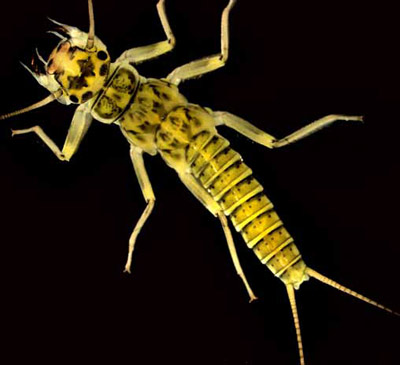



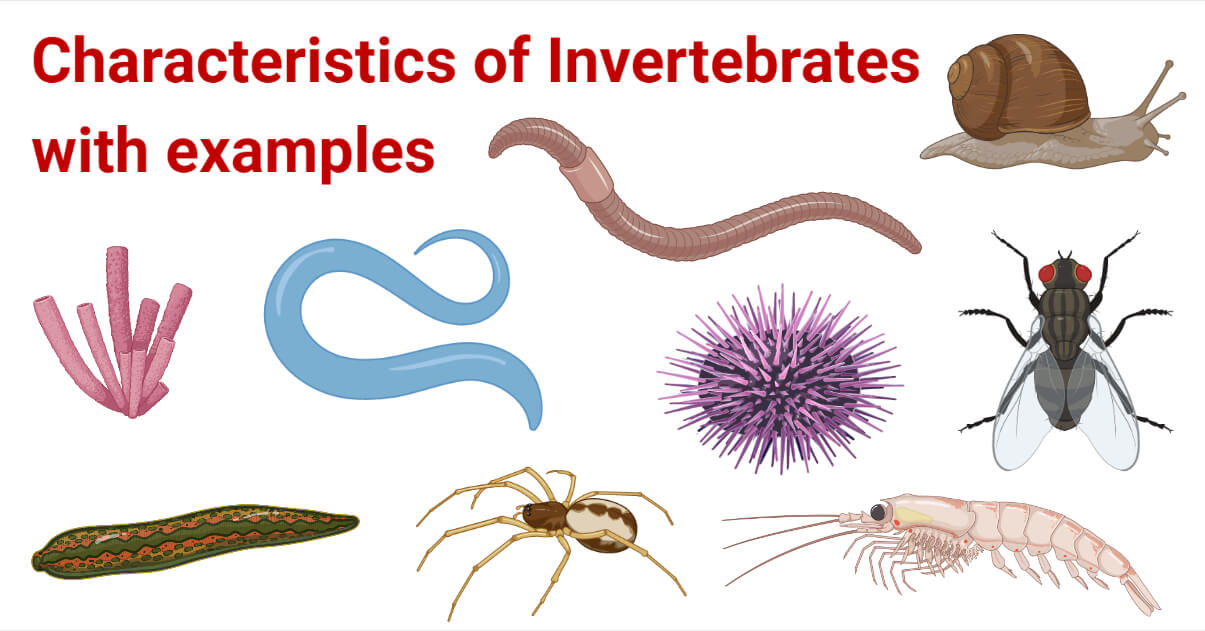
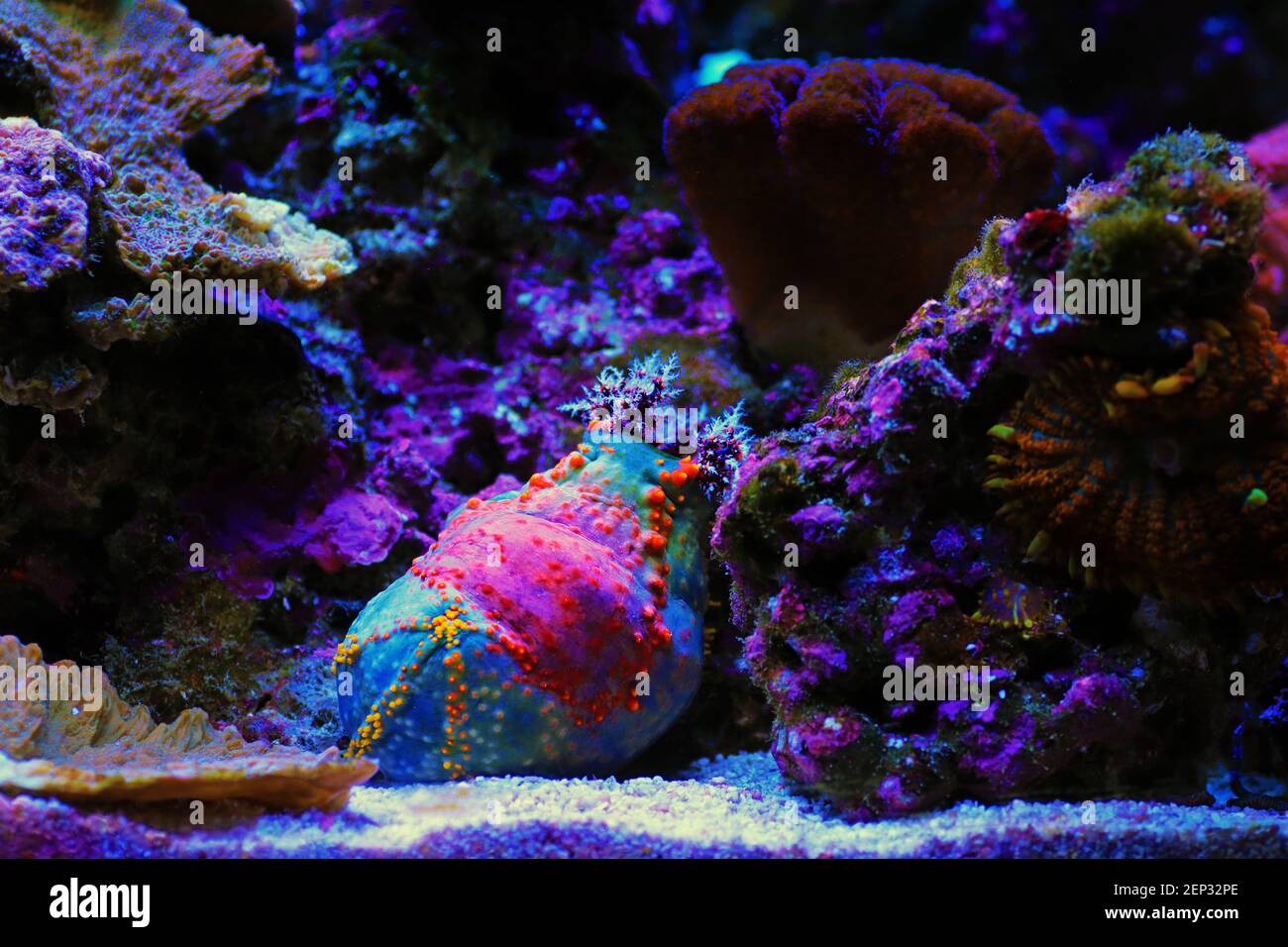
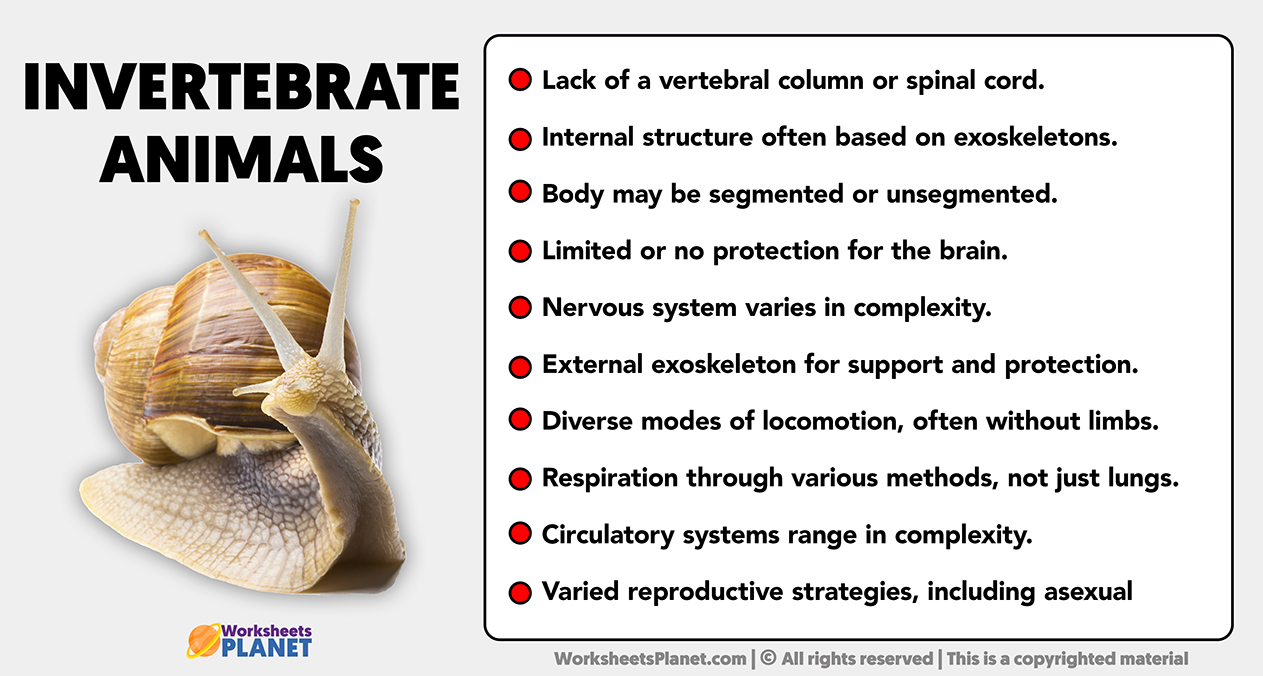
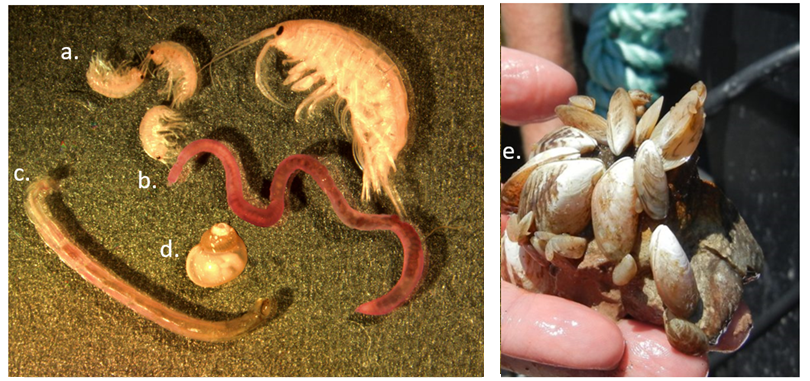

:max_bytes(150000):strip_icc()/tunicates-5c86a0cdc9e77c00010c2253.jpg)
